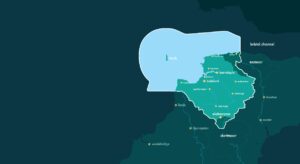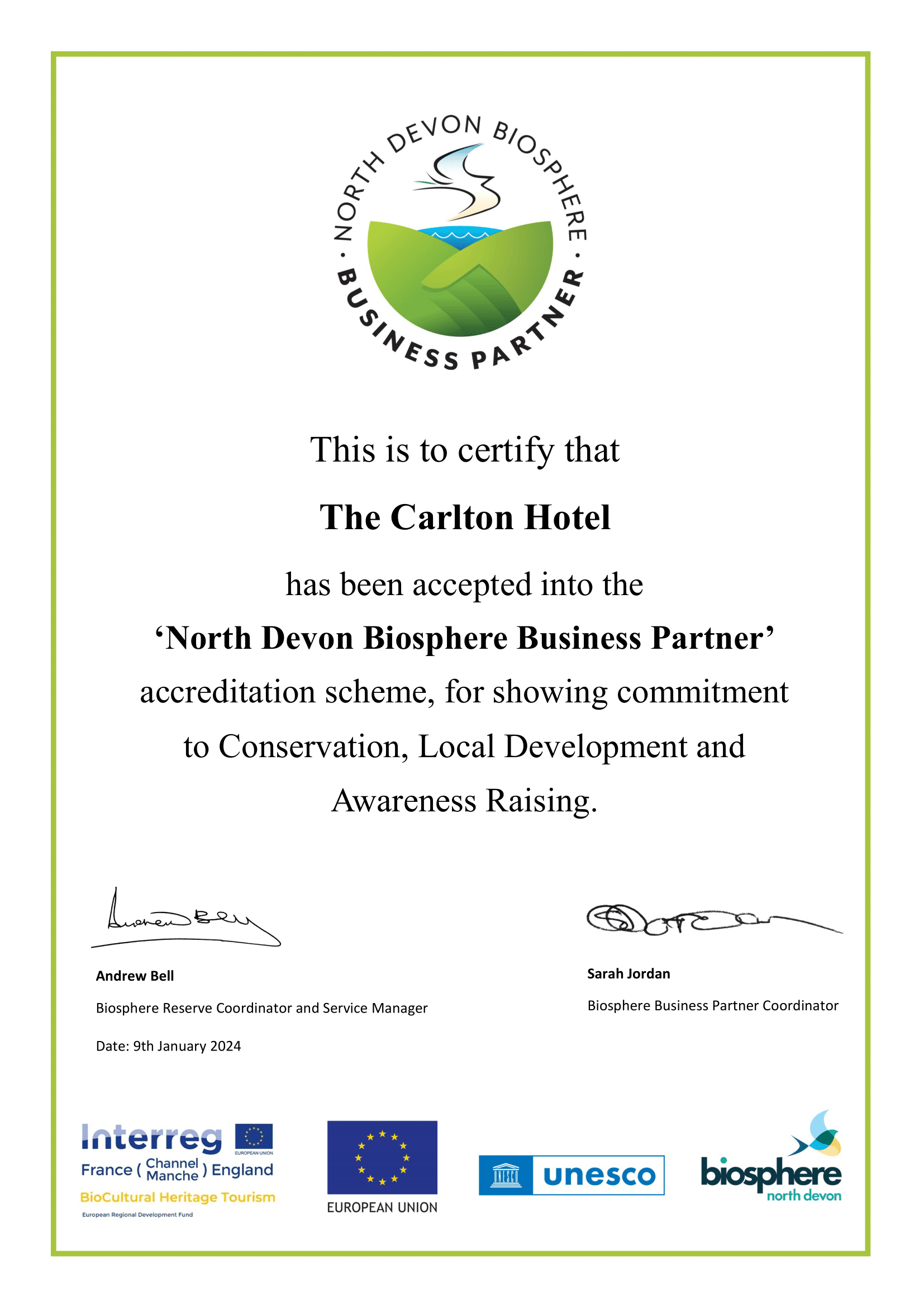What is the North Devon UNESCO Biosphere?
The North Devon UNESCO Biosphere is part of a global network of UNESCO biospheres that connects communities around the world to pioneer a positive future for all. Together the network covers 5% of the earth surface and is home to 250 million people.
The North Devon UNESCO Biosphere is an important meeting place of rich natural and cultural heritage in a stunning, diverse landscape. From the red deer of Dartmoor, along our meandering rivers, past historic coastal communities, to the diversity of our marine environment stretching beyond Lundy Island.
The North Devon UNESCO Biosphere provides an open forum for bringing people together to inspire a positive future and aims to connect people to their natural surroundings; to empower them to unlock their potential and using their local and scientific knowledge, to model solutions for sustainable living. Through positive action, it creates practical solutions to realise a low carbon society and address the climate/nature emergency.
Where is the North Devon UNESCO Biosphere?
The Biosphere Business Partner Scheme provides the opportunity for businesses to share that they are proud to be part of the world class area, by being part of a sustainable business network that looks after the very assets that attract 80% of the visitors, as well as each other.

What is the Biosphere Business Partner scheme?
The Biosphere Business Partner Scheme provides the opportunity for businesses to share that they are proud to be part of the world class area, by being part of a sustainable business network that looks after the very assets that attract 80% of the visitors, as well as each other.
Each signed up business chooses at least 5 commitments to work towards and are then placed into a network of businesses to share knowledge, and experience, and develop ideas for the area.
Our commitment:
The Carlton has committed to installing bat boxes on the east facing annex wall, and also planting a small grass and wildflower meadow to the rear, under our exiting apple tree. Follow us for updates as we start these projects this spring.

